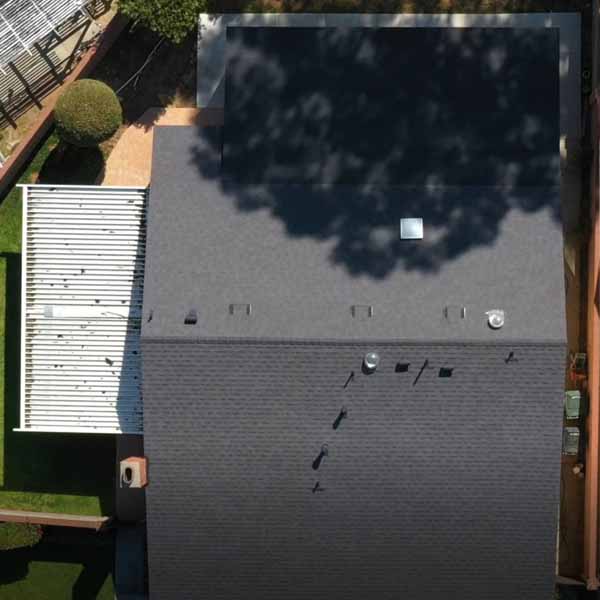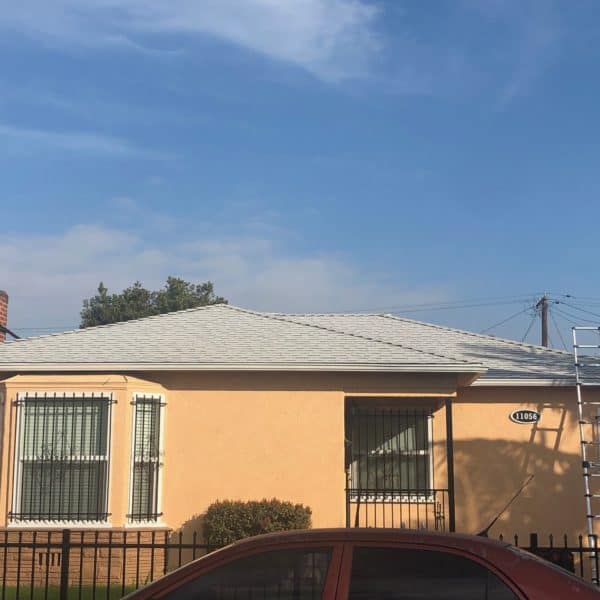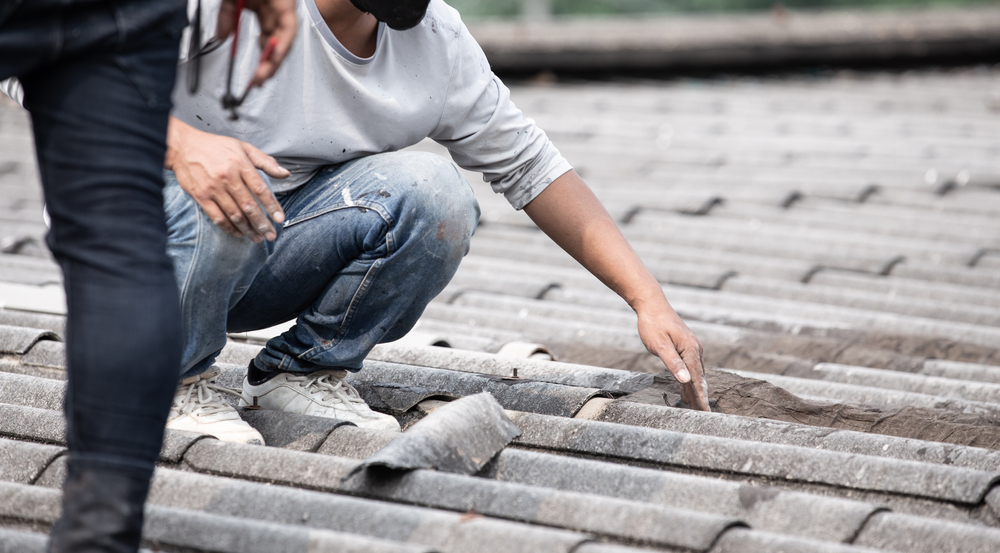
The Warm Allure of Wood Panel Walls: Beauty, Strength, and Style Combined
Wood panel walls are more than just a home design fad; they’re a classic solution that combines utility, elegance, and nature. These timeless components have made a triumphant comeback, adding warmth and richness to living spaces in both homes and workplaces. Whether you want a warm cabin atmosphere or a sleek, contemporary look, wood panel walls provide a unique and adaptable canvas.
In this guide, we’ll dive deep into why wood panel walls are such a smart investment and how they can transform any space into something extraordinary. You can achieve a timeless yet trendy look by integrating
into your design.
Why Choose Wood Panel Walls?
Wood panel walls provide more than simply flair to your interiors; they also provide practical benefits that make your home more comfortable, efficient, and profitable. Here’s why they’re becoming trendy again.
Comfort with Character
Wood is inherently warm to the touch and creates a comfortable atmosphere that synthetic materials just cannot reproduce. Each panel incorporates diverse textures and patterns from nature, giving each area its own distinct character.
Long-Term Durability
Unlike paint or wallpaper, wood panel walls may survive for decades with no maintenance. They’re resistant to bumps, scratches, and ordinary wear, making them ideal for high-traffic areas.
Design That Tells a Story
Wood panel walls serve as both a backdrop and a striking design element. Their natural textures add life to bare walls, giving your home or business a warm, personalized appearance. Many modern homes now incorporate
to create a balanced, organic feel.
Styles That Suit Any Space
- Shiplap: Clean, modern lines with a coastal feel
- Tongue-and-Groove: Seamless finishes and classic design
- Reclaimed Wood: Rustic charm and eco-conscious appeal
- Board and Batten: Bold textures and visual contrast
Each kind of wood panel wall may be stained or painted to complement any decor, from bohemian chic to Scandinavian minimalism.
Make a Statement in Any Room
Some creative ways to incorporate wood panel walls include:
- Feature walls in living rooms
- Cozy backsplashes in kitchens
- Accent panels behind beds
- Statement walls in office spaces
Functional Benefits of Wood Panel Walls
Aside from their natural beauty, wood panel walls provide significant advantages to daily life.
Acoustic Comfort
Wood absorbs sound, decreasing echo and noise—particularly useful in big, open rooms or multi-level houses.
Thermal Insulation
Wood serves as a natural insulator. In the summer, it helps to keep rooms cool. In the winter, it retains heat in, possibly lowering energy expenses.
Low-Maintenance Living
Wood panel walls are simple to maintain and do not need frequent repainting or repair. Simply wipe them down with a moist towel to keep them looking fresh.
Boosting Home Value the Natural Way
Adding wood panel walls to your house is a visible boost. These characteristics offer workmanship and depth, which customers value. Real estate brokers often highlight wood accents as a selling advantage, particularly when they are properly placed and in excellent shape.
Buyers are ready to spend extra for homes that seem unique, and wood panel walls provide that luxury touch without breaking the budget. Using
is a smart way to improve both aesthetics and functionality.
Eco-Friendly and Sustainable Choice
If you’re environmentally minded, you’re in luck. Wood panel walls created from ethically sourced or reused lumber provide a low-impact architectural solution.
Why Wood Is a Green Material:
- Renewable resource
- Requires less energy to produce than steel or plastic
- Recyclable and biodegradable
- Long-lasting with minimal replacement needs
How to Care for Wood Panel Walls
Keeping your wood panel walls in top shape is easy. Here’s how to do it right:
- Dust regularly with a microfiber cloth
- Avoid harsh chemicals—stick to gentle wood-safe cleaners
- Wipe up spills quickly to avoid staining
- Use furniture pads to prevent dents from chairs or tables
Choosing the Right Wood for Your Space
Here’s a quick guide to help you decide:
Oak
: Strong and durable, with rich grain patterns—great for traditional spaces.
Pine
: Light in color and cost, perfect for casual, airy interiors.
Walnut
: Deep, dark tones add luxury and depth to high-end rooms.
Cedar
: Naturally resistant to moisture and pests—ideal for bathrooms or kitchens.
Where Can Wood Panel Walls Be Used?
The beauty of wood panel walls lies in their flexibility. Some common spaces to feature them include:
- Entryways and foyers
- Dining rooms
- Offices and libraries
- Retail stores and cafes
- Ceilings for a dramatic effect
They’re equally at home in rustic cabins or modern condos.
Frequently Asked Questions
Are wood panel walls still in style?
Absolutely! Wood panel walls are popular again due to its adaptability, warmth, and ability to mix into both traditional and contemporary settings.
Can I install wood panel walls myself?
Yes, many homeowners choose to DIY wood panel walls. However, for large areas or custom patterns, hiring a professional ensures a polished finish.
What’s the best wood type for humid environments?
Cedar is a great choice for moisture-prone areas because it resists rot and mildew naturally.
Do wood panel walls require sealing?
Yes, applying a clear sealant or finish protects the wood from moisture, scratches, and fading. This step is especially important in kitchens and bathrooms.
Final Thoughts
Wood panel walls provide long-lasting beauty by enhancing acoustics and adding indisputable charm. Whether you’re designing a comfortable retreat or a statement-making workplace, these panels provide texture, warmth, and timeless appeal. They’re simple to maintain, environmentally friendly, and an effective way to add long-term value to your property. Are you looking to change your house or company to use natural materials? Begin with wood panel walls, where traditional elegance meets contemporary living. If you’re seeking inspiration, browse the latest innovations used in upscale interiors.







